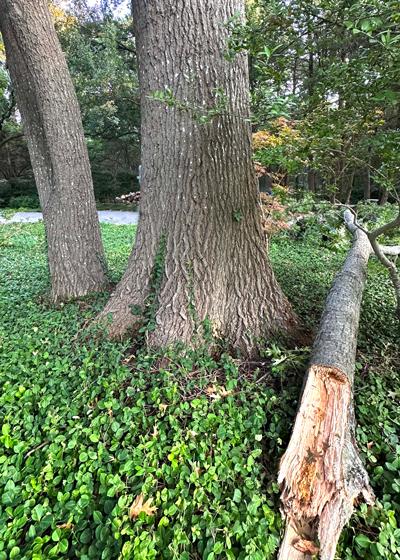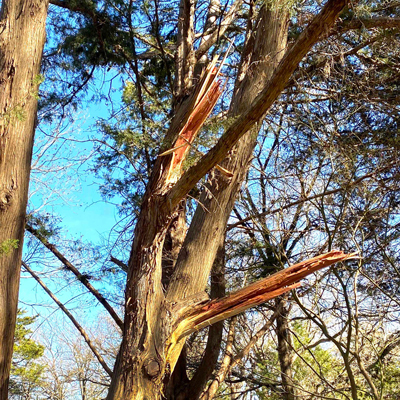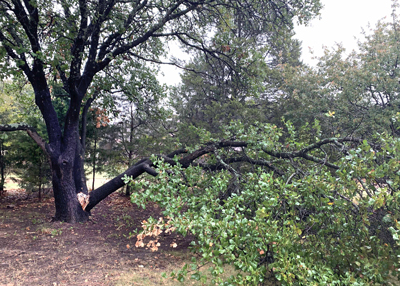Choose Your Tree Service Carefully

A healthy, vigorous shade tree is worth thousands of dollars in energy conservation, recreational value, and resale dollars for your home. Wise gardeners hire the best companies to do their tree care work for them. Here are my guidelines and suggestions.
• Hire an ISA Certified Arborist. These are people who have achieved that credential after three or more years of full-time work in the field of arboriculture, or a degree in arboriculture, horticulture, forestry, or landscape architecture from an accredited institution. They perform to a strict code of ethics.

• Check their ratings and reviews. Ask independent retail garden center owners and managers, landscape contractors, and other professionals who know great tree work when they see it.
• Be willing to wait. Sure, you’ve been hit by a storm. But so have thousands of other people, and the good companies get called first. Heed this advice: They are worth the wait! If you need quick relief from a fallen branch that is blocking your drive, let them know. Most will be happy to accommodate you, then come back as soon as they can to finish the work. But again, you want the company with a stellar record.

• Some jobs are DIY work, but be very careful. Don’t climb on trees with split trunks or unsteady branches. Don’t reach above your head with a chain saw. If there is any doubt, call in a pro. It’s not worth the risk.
• When removing broken limbs, do it a small branch at a time. Start out at the ends and take weight off the branches. Eventually you’ll work your way back toward the trunk. Your final goal in limb removal will be to leave the branch collar (the swollen “delta” of the branch where it attaches to the main trunk). The cut will heal faster if you leave that collar than if you cut back flush with the trunk. Seal all cut surfaces of oaks. Leave all others exposed.
• Some additional removal and reshaping of healthy branches may be needed to offset branches that were lost in the storm. Your goal when this pruning is finished is to have a tree with normal shape and growth form. Feed it and apply an all-nitrogen lawn-type food to stimulate new growth over this summer. Water deeply after the feeding.
• If you have new trees that were blown asunder by this week’s wind, take this opportunity to insert your sharpshooter spade into the “uphill” side (away from which the trunk is leaning). Lift ever so gently to raise the new soil ball, and gently reset it. When you have it standing perfectly vertical, stake and guy it to hold it erect. Pad the trunk to prevent rubbing and wearing. Water it immediately to remove any pockets of air in its root zone. Leave the cable in place for 1-2 years.
• Finally, a word on hail. Leaves will return, so you need not worry about them. Horizontal branches may have been broken or bruised, and that damage may not manifest for 12 to 18 months, so have your certified arborist on alert to watch for it. Small circular spots will begin to turn mushy, and decay may set it. It will almost always be on the top sides of horizontal branches. There’s not much you can do at this point other than to remember we discussed it, then watch and wait.
